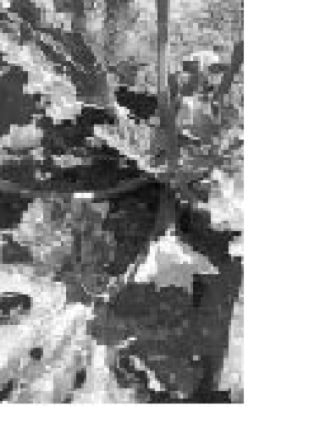Here we go folks, the 2011 gardening season has begun.
The first seeding dates are upon us. At ALM we have our heat tables set up; they are starting to fill up with freshly seeded trays and young seedlings. The focus of the farm is beginning to experience a major shift from winter tasks of building, maintenance and seed packaging to early spring tasks which include seed sales, seeding (both into trays and direct into the ground) and the very earliest transplanting.
Planning is crucial this early in the season, a solid garden plan created now will help you make the most of your space and time. Start with the basics of a garden map and a list of crops you want to grow (be realistic and at the same time hopeful!). Add a calendar of your planting dates and blend.
Keep in mind the different spaces in your garden and any observations you have gained (shady areas, sunny spots, good drainage, etc). Pair these up with the different needs of your crops, for example: use that shady area to your advantage in the summer by using it to plant summer lettuce or peas. Inventory your seeds and make a list of what seeds you need for the season.
Plan to attend Sooke Seedy on Saturday Feb. 26 at the Sooke Community Hall with a list of seeds needed and gardening questions.
If you want to raise your own celery, celeriac, leeks, onions and shallots from seed they should be started in trays ASAP as it is getting to the end of their seeding window.
At ALM we are busy seeding trays of greens: the first lettuce (much of which will be for seed), early greens such as bok choy, komatsuna and raab, assorted salad greens such as minutina, frisee and escarole as well as fennel and parsley (both of which need a period of darkness to germinate) have been seeded. On February 10 I transplanted our first peas (Sugar Snap) into a cold frame, which were started in soil blocks on bottom heat January 14 and 20. Be careful when transplanting legumes as they dislike root disturbance. This is why we only transplant peas to get an extra early crop otherwise they prefer to be direct seeded. We will direct seed our next succession this week into the cold frame as peas will germinate even in cooler temperatures.
We have direct seeded into our cold frames spinach, radishes, Japanese turnips and even early potatoes. If the rainy, warmer temperatures continue, we could also direct seed greens (arugula, mizuna, tatsoi, mache, claytonia, mustards, cress, orach, shungiku), herbs (chervil, cilantro and dill) and even vegetables (carrots and peas).
Soon we will start the farm tomatoes and peppers (market starts come a bit later).
As the weather settles and we have less chance of a hard frost here at the farm we will start to plant the field crops. We will plant broad beans, then peas and potatoes in the higher, drier and sunnier beds.
Other February tasks include pruning the apple and pear trees, planting fruit trees, weeding and side dressing the raspberries, rhubarb and strawberries. We have covered the rhubarb and strawberries with floating row cover to speed up growth, it creates a warmer environment in which the plant thrives and speeds a crop like rhubarb up by 2-4 weeks. As well, we are constantly watching the weather and preparing beds whenever we can get on the soil without doing harm, so we’re ready to plant at a good opportunity.
Marika Nagasaka
